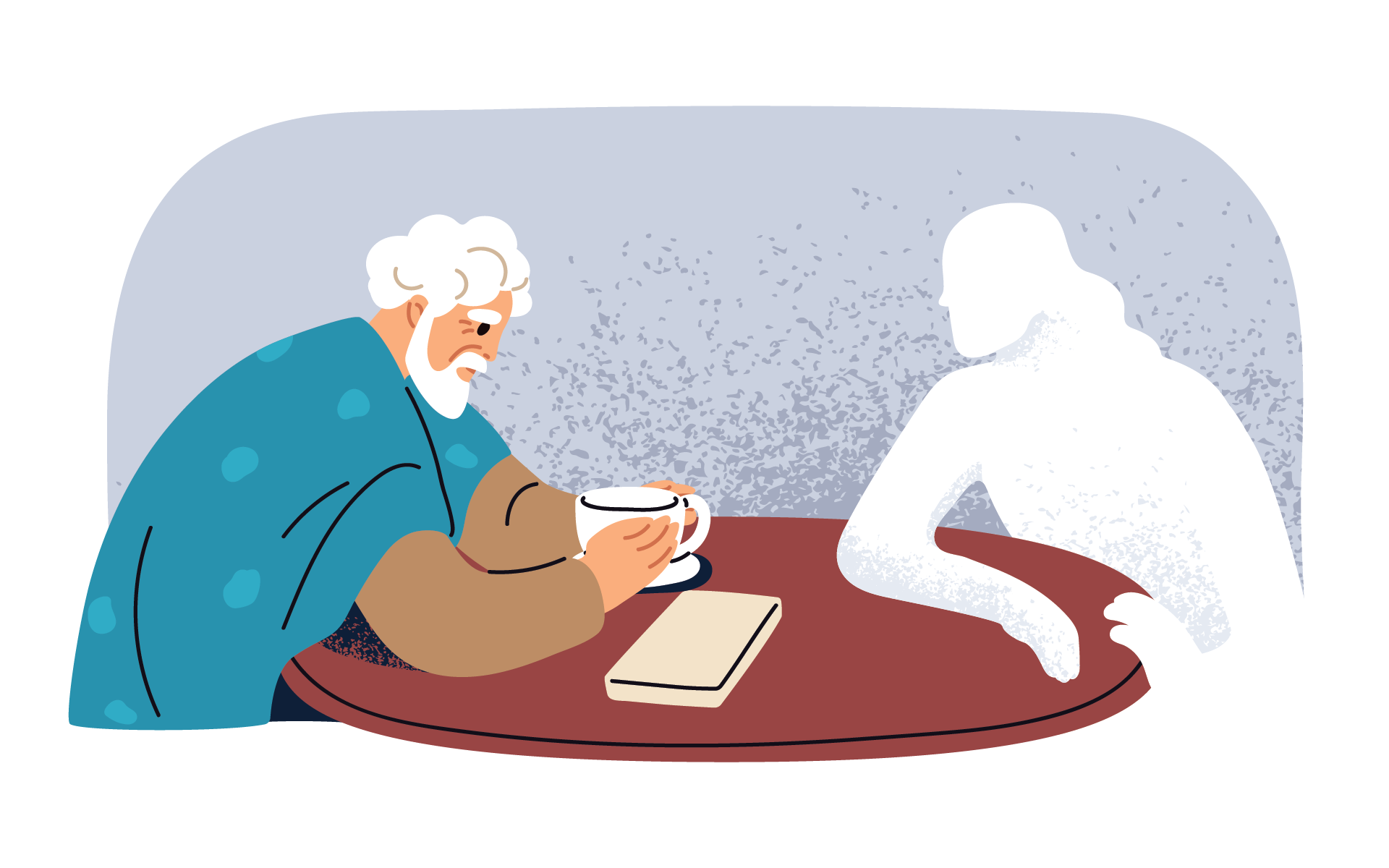Some years ago I was teaching a course in a hospital in Sheffield, England. There was a psychiatrist in the course who was in his fifties and who, although cordial on the surface, could be quite vicious in his attacks on others in the group. Out of the blue, he would issue scathing judgments about their errors. What was challenging for his colleagues was that they could never be sure when to expect one of his barbed attacks.
Later I came to work with him, in a coaching format. I discovered his life was tormented by his own vicious attacks on himself. Growing up in a critical family, he felt that he never lived up to their expectations. His father—ironically, a judge in a local court—had hoped his son would follow him into law. To his disappointment, his son did not, and he did not hide his disdain for his son’s career choice.
The Inner Critic Run Amok
As a consequence, the psychiatrist had internalized this culture of judgment and was unforgiving of even the slightest error in himself or others. He lived his life under the oppressive reach of the inner critic’s hand. It had turned his life into a narrow hell where nothing he did was right, no matter how successful he was in medicine. What he didn’t see was how he turned that same critique toward everyone around him, literally scaring them away. It was no wonder he felt sad and lonely.
What he didn’t see was how he turned that same critique toward everyone around him, literally scaring them away.
Have you ever wondered what it’s like at home for the most judgmental person you know at the office? Rest assured it wouldn’t be all quiet. For the most part, what goes out goes in; if someone is outwardly critical, they are most likely also turning the screw on themselves when there is no one else around to take aim at.
What’s Your Judgement Style?
However, people do tend to lean more in one direction than the other—either outward or inward—when judging. Take a look at your own mind and see if that is so. Do you tend to judge yourself or others more, or is it about even? Or do the judgments just go whichever way the critic is looking?
It is important to understand your mental habits because the more you practice a habit, the more entrenched it becomes.
It is important to understand your mental habits because the more you practice a habit, the more entrenched it becomes. If your habit is to judge (whether internally or externally), guess what becomes the norm? The key point here is that we do not want to strengthen the critic’s fundamentally problematic point of view. Unlike a person exercising discernment, the critic attacks whoever falls under its scrutiny. That is a terrible fate to befall anyone. It is most dire when done to oneself, which is where the guillotine will inevitably fall if we keep up the habit of judging others.
So how do you interrupt this habit?
Two Ways to Interrupt the Inner Critic
1) Acknowledge the inner critic is present. The primary line of defense is simply to notice that it’s there. When seeing this habit with mindful awareness, we can note it for what it is—merely thoughts, and points of view, that are not necessarily true. We can let go of the thoughts and shift our attention to something else.
2) Focus on the positive. An effective counterpoint to habitual negative fixation is to look for what is right or wholesome in others or oneself and to focus on those good qualities. That doesn’t mean we throw out discernment; it just means we don’t give preference to the negative. It is remarkable how that small shift can begin to bring more light into your inner and outer world.
What would it be like for you to look at the world, and the people in it, with more of a focus on the light, on what is positive and right? How would that change your state of mind? Perhaps it would lead you to see yourself in the same way — not as someone with a list of faults as long as your arm, but as someone who has strengths, talents, gifts, and a good heart.
Mindfulness Practice: How to See the Good in Everyone
This is a practice you can do as you go about your day and encounter people. I try to do this whenever someone enters my presence, whether in the office, the bus, a café, or a store. It shifts my perspective from one of fear, caution, or anxiety to one of greater warmth, interest, and positivity.
1) Next time you are in a public place and you look at someone, notice first what your normal, habitual pattern is. Do you see their faults, what is wrong with them, and all the ways you might critique their dress, weight, hair, conversation, and so on?
2) Then, to shift the negatively oriented judging habit, try to see one positive quality about the person. What attribute of theirs —a skill, quality, action, or something in their speech, dress, or manner—can you appreciate?
3) Observe what happens when you turn your attention to that aspect of them. How does it make you feel? Does it feel genuine or forced? Is there any judgment that this is naive or doesn’t take in the whole picture? Or does it allow you to move from a critical orientation to one that is more life affirming or positive?
4) Try to do this for a specific period of time. You could try:
- As a ten-minute mindfulness practice
- an entire bus ride
- throughout a meeting at work
- a family dinner
- when shopping
- standing in line
- at a sports event
Notice how it can change your mood and the way you feel about the people around you.
5) Try bringing the same perspective to yourself as you go through the day. What would it be like to turn your attention to your positive qualities, actions, and strengths? Notice how this too shifts the bias from what is wrong to what is actually okay and positive.






